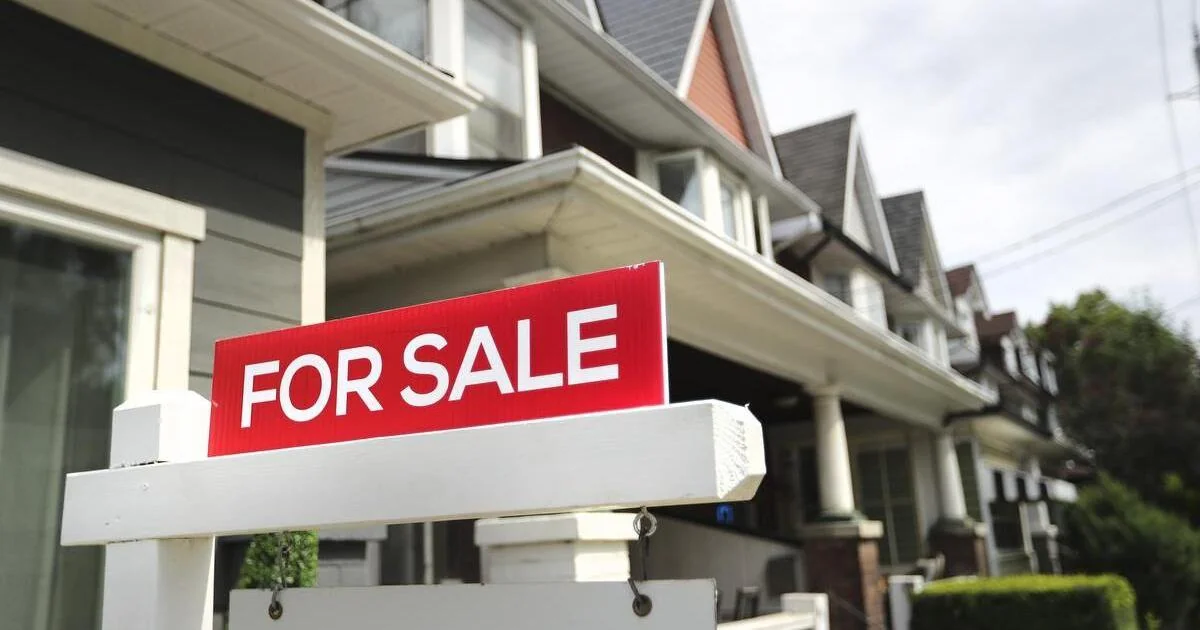Washington, D.C. – The U.S. housing market is experiencing unprecedented challenges as the median home price soared to an all-time high of $419,300 in May. This new record, despite mortgage interest rates hovering around 7%, is primarily driven by persistent low inventory levels. The combination of high prices and interest rates is creating significant barriers for first-time buyers and complicating decisions for potential sellers.
Rising Home Prices Amid High Mortgage Rates:
The National Association of Realtors (NAR) reported that the median home price increased by 5.8% year-over-year, marking the 11th consecutive month of annual price increases. This upward trend is surprising given the high mortgage rates, which remain in the 7% range, making it more expensive for buyers to finance their homes. According to Mortgage News Daily, these rates are among the highest seen in recent years, further exacerbating the affordability crisis.
Impact on First-Time Buyers:
First-time homebuyers are finding it increasingly difficult to enter the housing market. The chief economist at NAR noted that the mortgage payment for a typical home purchased today is more than double what it was just four years ago. This steep increase is pricing many potential buyers out of the market, leading to a decrease in homeownership rates among younger generations.
Seller Reluctance:
High prices and interest rates are also affecting sellers, many of whom are hesitant to list their homes. Potential sellers fear they will be unable to find affordable replacement properties, especially in a market where prices continue to rise. This reluctance contributes to the low inventory levels, creating a vicious cycle that perpetuates high prices.
Expert Insights:
Economists and real estate experts point to several factors behind the current market conditions. Low inventory levels, driven by a lack of new construction and existing homeowners’ reluctance to sell, are primary contributors. Additionally, the lingering effects of the COVID-19 pandemic have disrupted supply chains and labor markets, slowing down new home builds and renovations.
What Buyers and Sellers Can Do:
For prospective buyers:
- Assess Financial Readiness: Determine how much money you need to buy a home and explore financing options that could make purchasing more feasible despite high rates.
- Consider Alternative Markets: Look into less competitive markets where prices might be lower and inventory higher.
For current homeowners considering selling:
- Evaluate Market Conditions: Carefully assess the local market and weigh the benefits of selling now versus waiting for potentially better conditions.
- Plan for Replacement Housing: Research and plan for finding a new home, considering temporary housing options if needed.
Conclusion:
The U.S. housing market’s record-high prices present significant challenges for both buyers and sellers. With mortgage rates remaining high and inventory levels low, navigating the real estate landscape requires careful planning and consideration. As the market continues to evolve, staying informed and adaptable will be key for anyone looking to buy or sell a home.
